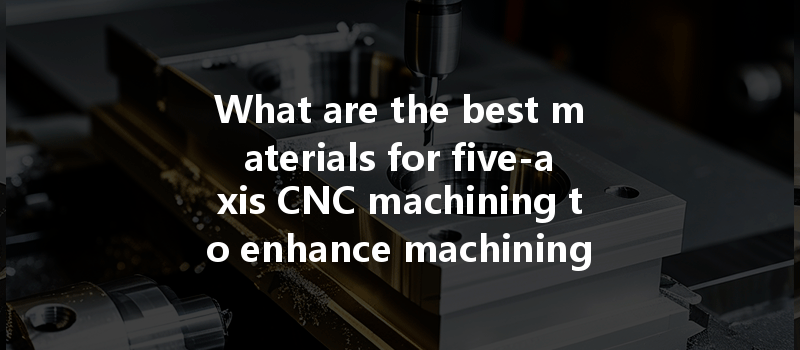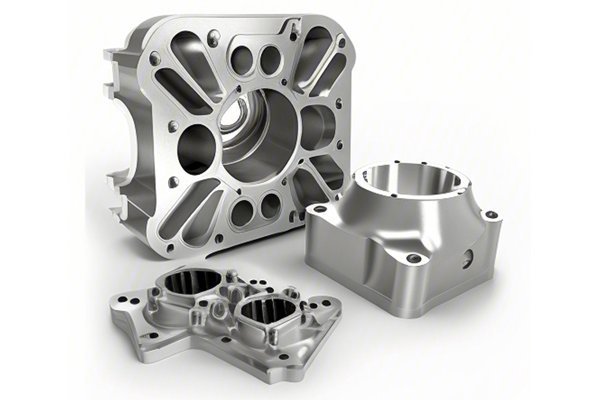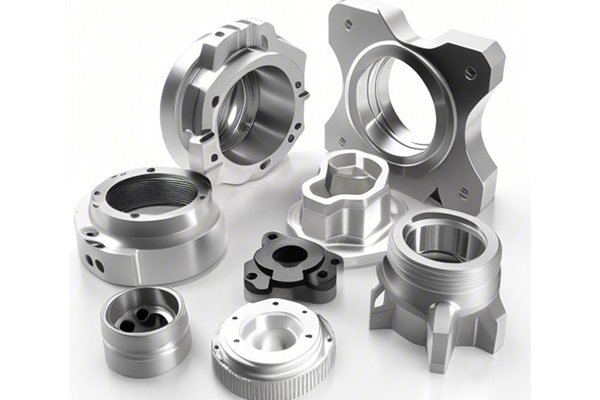Did you know that more than 80% of manufacturers assert that material selection is a crucial factor in achieving high-quality CNC machining outcomes? This statistic underscores the weight of material selection in the realm of precision engineering and machining. With the rapidly evolving manufacturing landscape necessitating improvements in efficiency and quality, a precise understanding of materials that lend themselves well to five-axis CNC machining is invaluable.
As industries pursue more complex geometries and tighter tolerances, five-axis CNC machining has emerged as a game-changer. This advanced technology allows manufacturers to create intricate parts with enhanced precision and significantly reduced lead times. However, like any sophisticated process, the choice of material has a profound impact on performance and outcomes. In this blog, we will explore the best materials for five-axis CNC machining and the reasons behind their superiority, supported by practical guidelines that can significantly boost machining efficiency.
Understanding Five-Axis CNC Machining
Before diving into the intricacies of material selection, let’s briefly explore what five-axis CNC machining entails. Unlike traditional three-axis machining, which can only move along the X, Y, and Z axes, five-axis machining incorporates two additional rotational axes. This advancement allows simultaneous movement of the tool across five different axes, producing complex shapes that would be impossible or inefficient to achieve with standard machining techniques.
The benefits of five-axis CNC machining are manifold:
Given these advantages, selecting the right materials becomes fundamental to unlocking the full potential of five-axis machining.
Key Considerations for Material Selection
The ease with which a material can be machined significantly impacts efficiency. Machinability refers to the material’s ability to be cut, shaped, or finished using machining processes. High machinability materials allow for faster cutting speeds and feed rates, reducing overall production time. Consider using materials like:
When comparing materials, it’s prudent to evaluate not just material cost but total cost of ownership, which may include tooling wear, cycle times, and post-processing steps. Choosing a material that balances upfront cost with performance can lead to significant savings.
For parts exposed to demanding conditions, material strength is a priority. Materials must be chosen not just based on their machinability but also their ability to retain form and function under stress.
The thermal properties of materials play a critical role in CNC machining, especially when high-speed machining generates significant heat. Materials that can withstand high temperatures without deforming or losing integrity are preferable.
In certain applications, materials with unique properties may be required to meet industry standards or performance demands. These include:
Top Materials for Five-Axis CNC Machining
Aluminum alloys, particularly 6061 and 7075, are highly favored due to their:

Different steel alloys serve varied applications:
With unmatched strength-to-weight ratios, titanium alloys such as Ti-6Al-4V are predominant in the aerospace industry:
Plastics such as POM and nylon are increasingly being machined due to their:
Composites combine two or more materials to optimize performance:
Practical Tips for Successful Five-Axis CNC Machining
Achieving top-notch results in five-axis CNC machining goes beyond material selection. Here are practice tips to enhance machining efficiency:
Selecting appropriate cutting tools tailored to the material being machined is crucial. High-speed steel (HSS) or carbide can be chosen based on material hardness. Additionally, using coated tools may offer enhanced wear resistance.
Fine-tuning cutting speeds, feeds, and depths is critical to maximizing machining efficiency. Higher speeds may reduce cycle times but also generate more heat—finding the right balance is key.
Leverage software capabilities to create optimized tool paths that minimize unnecessary movements. Techniques like adaptive clearing can help reduce tool engagement and extend tool life.
Regular checks and maintenance of CNC machines help maintain precision and extend equipment life, ensuring consistent performance over time.
Effective coolant application can help reduce temperatures and chip buildup, leading to improved tool life and surface finishes. Employing advanced coolant systems, if applicable, can enhance cooling capabilities.
In conclusion, choosing the best materials for five-axis CNC machining is a crucial endeavor that demands careful consideration of various factors. From machinability and cost-effectiveness to strength and unique properties, understanding the implications of material selection becomes paramount for manufacturers striving for efficiency and quality.
The core techniques covered, including evaluating machinability, assessing thermal properties, and ensuring correct tool path strategies, showcase a holistic approach to mastering five-axis CNC machining. As industries evolve and the demand for sophisticated components grows, manufacturers who prioritize material selection will find themselves equipped to meet the challenges of modern machining.
Remember, the importance of this blog doesn’t merely lie in understanding material properties; it’s about embracing a strategic approach to manufacturing that ensures enhanced efficiency, quality, and innovation. The right choice today can lead to remarkable gains in productivity and long-term success. So, the next time you’re gearing up for a machining project, keep these insights in mind—the materials you choose could make all the difference.






